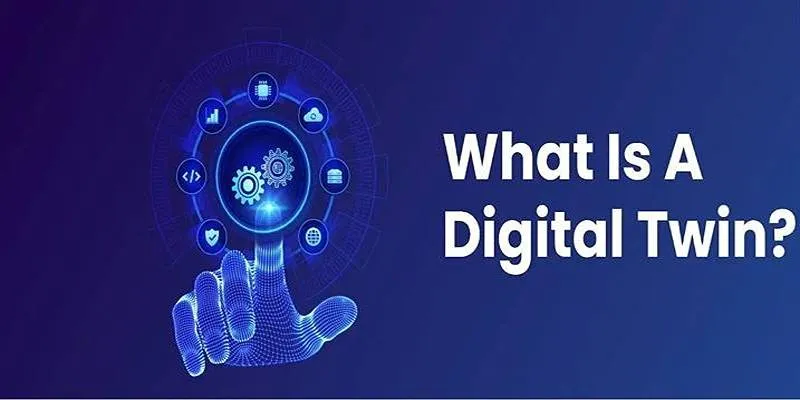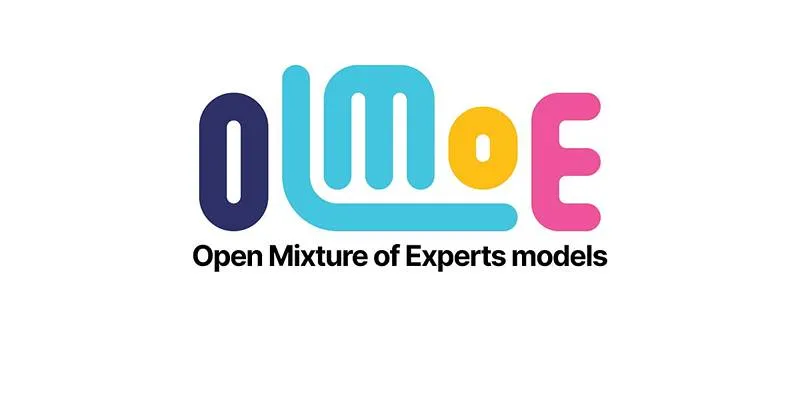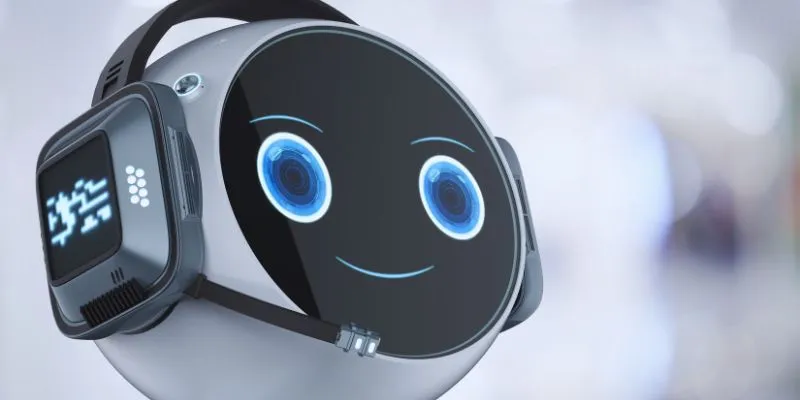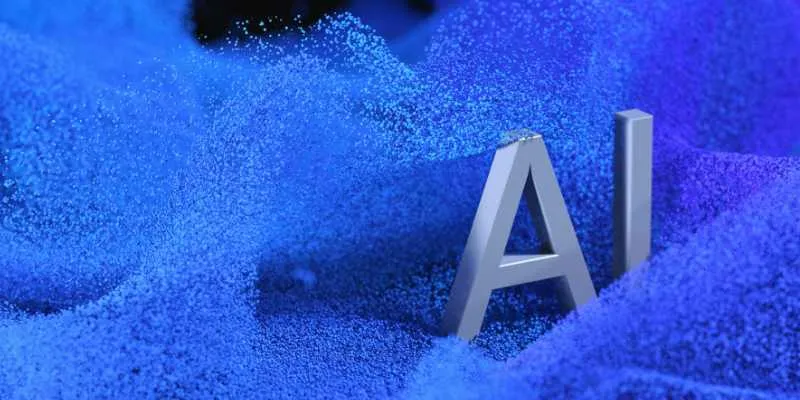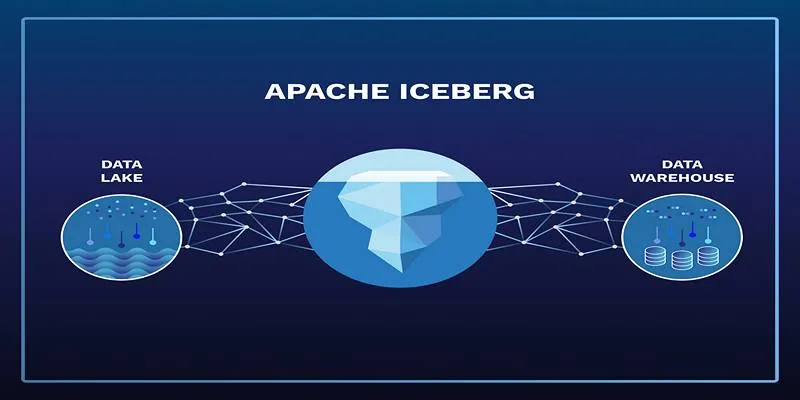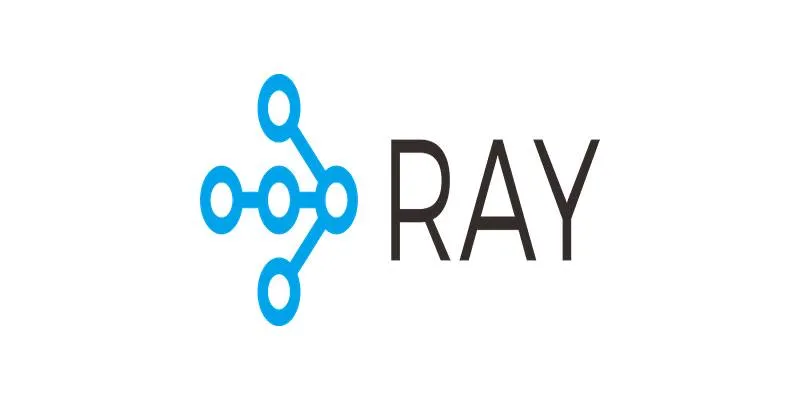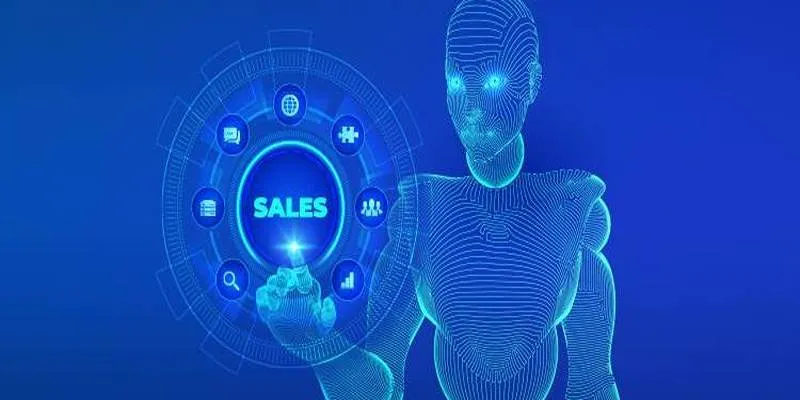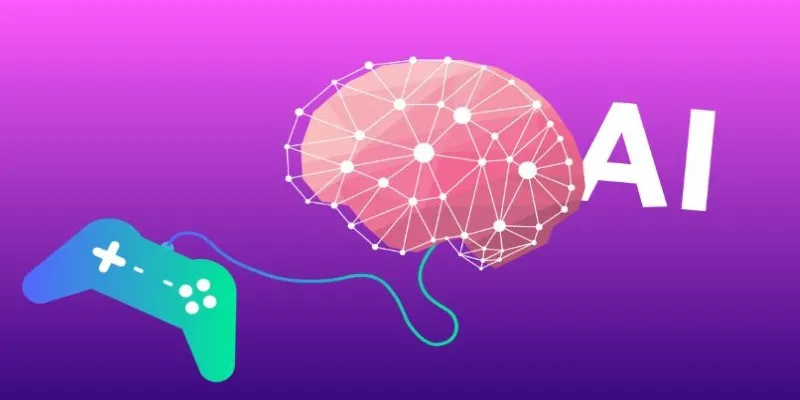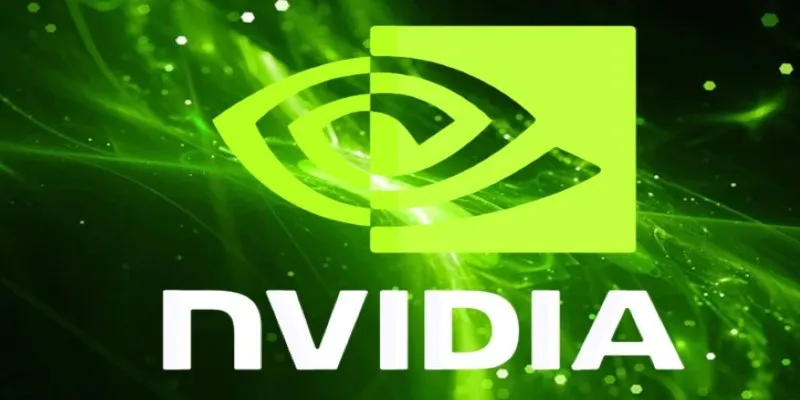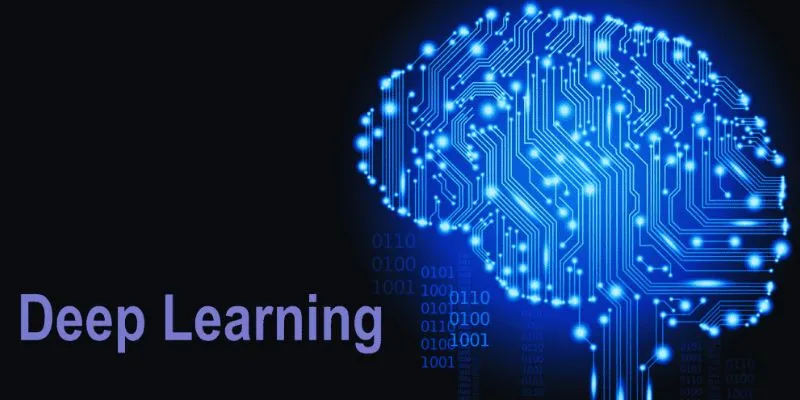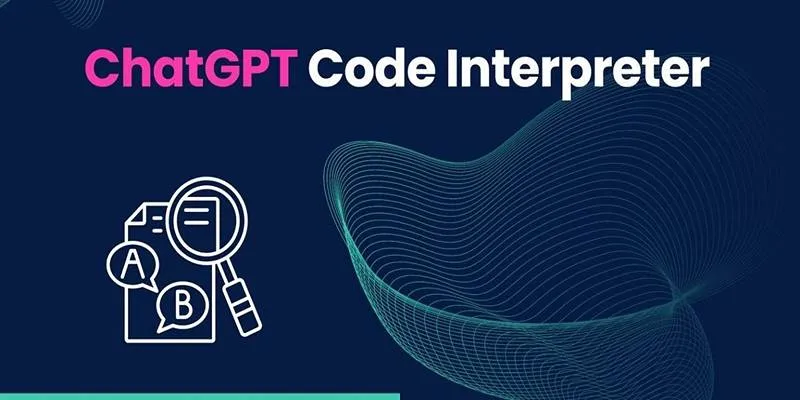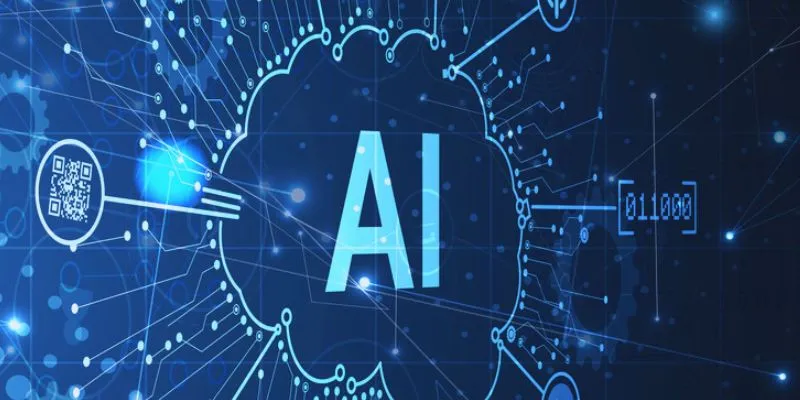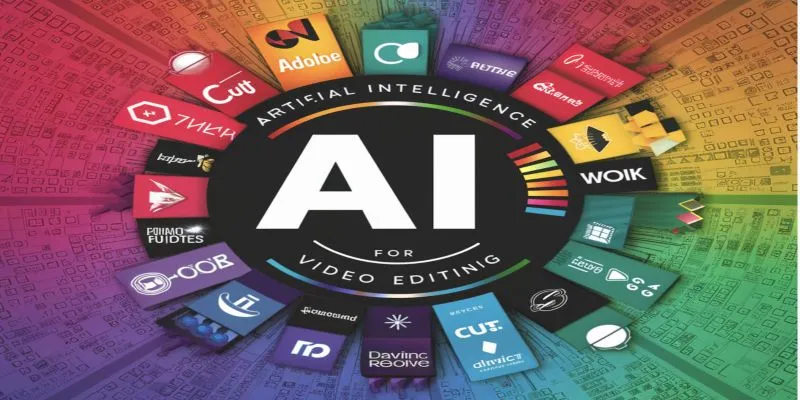Artificial Intelligence (AI) is advancing rapidly, but a significant challenge remains: the absence of a universal standard for connecting AI models with data and tools. Most AI models are designed for specific tasks and environments, making the integration of multiple models into a single system complex, often requiring custom code and manual adjustments.
The Model Context Protocol (MCP) emerges as an innovative solution to this problem. As a global connector, MCP enables seamless collaboration between AI models, data sources, and APIs. This post delves into what MCP is, how it functions, and why it’s pivotal to the future of AI.
What Is the Model Context Protocol (MCP)?
Model Context Protocol , or MCP, is a communication standard that specifies how AI models interpret and utilize context, data, and tools. It provides a unified framework for developers and organizations to integrate various models, tools, and data sources without the need for custom pipelines for each scenario.
Essentially, MCP allows:
- AI models to receive clear, structured task instructions
- Applications to transmit context-rich data to AI models
- Models to efficiently utilize external tools, such as APIs or functions
MCP is akin to how HTTP functions for websites — it ensures everyone communicates in the same language, irrespective of the site’s purpose.
Why MCP Is Important in AI Development
AI systems comprise numerous components, including language models, vector databases, APIs, custom tools, and user interfaces. Integrating these components can be slow, inconsistent, and error-prone. MCP offers a standardized solution.
By adopting MCP, developers can eliminate guesswork and:
- Reduce integration time
- Enhance model reliability
- Facilitate model-to-model communication
- Easily replace models without extensive code modifications
This makes AI development more scalable and maintainable, particularly in enterprise and research settings.
Core Features of the Model Context Protocol
MCP is designed around several key principles, making it both powerful and easy to implement.
Standardized Context
MCP introduces the concept of a context object — a structured format detailing everything the AI model needs to complete a task. It includes:
- The user’s request or goal
- Background knowledge or constraints
- Available tools or APIs
- Data formats and variables
This context object is passed to the model at runtime, enabling the model to adjust its behavior accordingly.
Tool and API Access
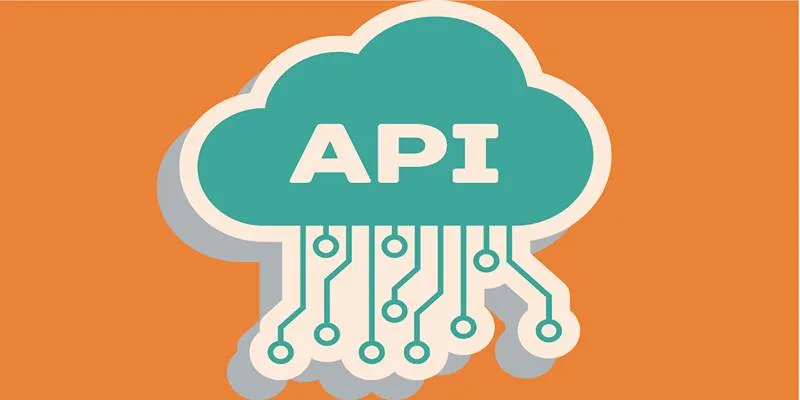
Modern AI systems often combine natural language models with tools such as:
- Search engines
- Data retrieval APIs
- Internal functions (e.g., math, file access, CRM actions)
MCP provides a clear framework for describing these tools and how models can interact with them, enabling AI systems to perform real-world actions beyond text generation.
Task Clarity
Unclear instructions are a primary reason for AI model failures. MCP addresses this issue by making tasks explicit within the context. The model can discern whether it should:
- Answer a question
- Generate code
- Update a record
- Call an API
- Summarize a document
With clear objectives, models become more accurate and effective.
How MCP Works in Practice
Consider a customer service chatbot built with multiple models and tools. Here’s how MCP facilitates its operation:
- A customer inputs: “I want to cancel my subscription.”
- MCP generates a context object encompassing:
- The user’s account status
- The list of supported actions (cancel, pause, change plan)
- The required API for updating the subscription
- Privacy and policy rules
- The model interprets this context and selects the appropriate action: calling the “cancel subscription” API.
By eliminating guesswork, the model delivers accurate and confident responses, leading to improved outcomes and user experiences.
Benefits of Using MCP
The Model Context Protocol offers extensive benefits for developers, businesses, and end users.
For Developers
- Faster Integration : Connect new models with minimal custom work
- Modular Systems : Build AI pipelines with interchangeable components
- Enhanced Debugging : Context objects simplify problem tracing
For Businesses
- Scalable Architecture : Scale AI systems effortlessly
- Model Flexibility : Easily switch vendors or tools as needed
- Improved Accuracy : Context-aware models reduce error rates
For End Users
- Smarter AI : Context leads to more relevant, accurate responses
- Fewer Mistakes : Clear instructions minimize misunderstandings
- Seamless Services : Faster access to desired outcomes
MCP vs Traditional AI Integration
In traditional AI development, each model requires manual integration. Developers must write custom code to:
- Prepare inputs
- Route outputs
- Call tools
- Handle failures
This process is rigid and time-consuming.
With MCP, these tasks are managed through a consistent structure. Instead of wiring each model individually, developers build systems around shared context objects, which allows for:
- Improved team collaboration
- Faster onboarding of new models or tools
- Predictable system behavior
Real-World Use Cases for MCP

MCP is particularly beneficial in intricate AI environments requiring multiple models and tools. Practical applications include:
- AI Agents : Multi-step systems executing sequences of tool, API, or database calls
- Knowledge Management : Systems that retrieve, process, and summarize document information
- Voice Assistants : Agents interpreting spoken input, understanding context, and performing actions
- Customer Support Bots : Systems discerning user intent and activating backend processes
In each scenario, MCP ensures clear and consistent context at every step.
Conclusion
The Model Context Protocol marks a significant advancement in AI development. It introduces standardization, clarity, and flexibility to systems previously fragile and challenging to scale. By leveraging MCP, developers can create smarter AI systems that are easier to maintain and upgrade. Businesses benefit from more reliable models and expedited integration, while end users experience AI that comprehends their needs and delivers precise responses. In a future teeming with intelligent agents and interconnected tools, MCP serves as the universal connector that unites everything.
 zfn9
zfn9
